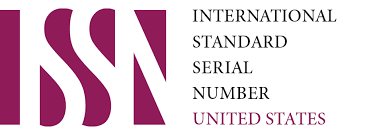“Top-down and bottom-up processing of knowledge in language learning”
Keywords:
Top-down process, bottom-up process, scientists’ theories, special peculiarities of these two approaches, Bloom’s taxonomy.Abstract
Top-down and bottom-up are well -known approaches in language learning as well as teaching.
This article is aimed at focusing on particular features of these two processes and how scientists deal with
teaching L2 for learners. Besides that, it covers similarities and differences of them, the ways that learners
acquire knowledge effectively and provide some examples
References
Goodman, K.S. 1970.: ‘Reading: A psycholinguistic guessing game’ in H. Singer and R. B. Ruddell
(eds.). Theoretical model and Processes of Reading. Neward, DE: International reading Association.
Lund, R.J. 1991: ‘A comparison of second language listening and reading comprehension’. Modal
Language Journal, p. 196-204.
www. Elsevier.es/psed.
Carlson, N.R., Miller, H., Heth, C.D., Donahoe, J. W., &Martin, G.N. (2010). Psychology: the science
of behavior. Boston, MA: Allyn &Bacon (Pearson).
Caplan, D., & Waters, G. S. (1999). Verbal working memory capacity and language comprehension.
Behavioral and brain science, 22, p. 114-126.
www. Sciencedirect.com
Goodman, K.S. (1967). Reading: a psycholinguistic guessing game. Journal of the Reading
Specialists,6, p.126-135.
Downloads
Published
Issue
Section
License

This work is licensed under a Creative Commons Attribution-NonCommercial 4.0 International License.
User Rights
Under the Creative Commons Attribution-NonCommercial 4.0 International (CC-BY-NC), the author (s) and users are free to share (copy, distribute and transmit the contribution).
Rights of Authors
Authors retain the following rights:
1. Copyright and other proprietary rights relating to the article, such as patent rights,
2. the right to use the substance of the article in future works, including lectures and books,
3. the right to reproduce the article for own purposes, provided the copies are not offered for sale,
4. the right to self-archive the article.













